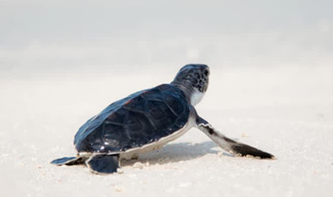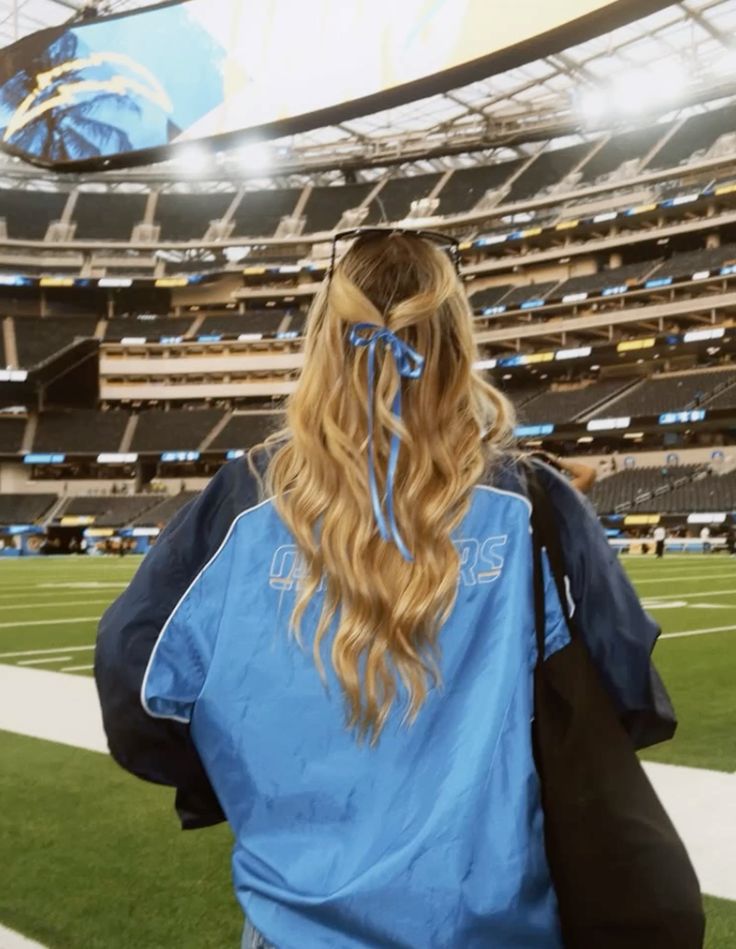Wildlife is a beautiful thing, and on the shores of Longboat Key, wildlife is bustling at its best.
Longboat Key is an island in the Gulf of Mexico. Each year hundreds of Loggerhead and Green Sea turtles make their way to shore to lay their eggs.
The turtles lay their eggs between the months of May and October. The mother turtles dig a cylinder hole in the sand, in which they then lay all of their eggs and fill in the hole by scooping the sand with their fin. Nests can be found scattered on the beach or up on the dunes and mixed in with dune vegetation.
A single turtle nest can have anywhere from 100-200 eggs in it. After laying her eggs, a mother turtle will never see her eggs again. It can take approximately 40 to 70 days for a nest to hatch, however there are many environmental variables that influence the incubation period. Only 1 in 1,000 hatchlings will survive.
Dancing In the Moonlight
Baby turtles that hatch are called hatchlings. The hatchlings typically emerge from the nest when it is dark out. When hatchlings hatch, they go toward the brightest light they see. Ideally, the brightest light should be the moonlight when the nests hatch. However, many times, artificial light inland distract the turtles from following the path of the moonlight.
When this is the case, the turtles do not go toward the ocean, but instead in other directions. This is called a turtle disorientation.
Who You Gonna Call?
Not ghost busters, but you’ll definitely want to call turtle patrol for all your hatchling inquiries. During a turtle disorientation, turtle patrol follows the track of each hatchling to try and find them. “I have found hatchlings in ditches on the sides of the road, pools, urinals, and parking lots, said turtle patrol member, Natalie Meagher.
Turtle patrol consists of local volunteers and scientists who have a passion for protection marine life. Mote Marine Laboratory and Aquarium organizes and certifies turtle patrol in order to prepare them for field work.
To help protect turtles and further advance research, the turtle patrol follows a set of guidelines put in place by Mote. “This includes walking the beaches to search for turtles tracks, marking new nests so the public doesn’t disturb them, paperwork, education the public, and monitoring nests until they hatch,” says Meagher.
Do, Do, Do You Have a First-Aid Kit Handy?
Mote Marine Laboratory and Aquarium is a local aquarium and research facility. If hatchlings are found during a disorientation, they will either be released back into the ocean or taken back to the turtle hospital at Mote to be examine and restored to full health. Mote Marine Laboratory Marketing Coordination, Allison Baird explains the process once hatchlings enter the hospital for treatment. “We ensure they receive the proper medications they need, as well as ensure they’re strong swimmers before release. Our main goal is to rescue, rehabilitate and release our hatchlings to assure their chance of survival is higher with our help,” says Baird.
The extensive efforts by turtle patrol volunteers and research specialists at Mote aid in the guidance and nourishment of hatchlings across Longboat Key. “We are thoroughly passionate about the well-being of the hatchlings and hope to share our passion with others as well!” says Baird.
Related
From Trash to Treaders: Adidas Sneaker Line Made from Ocean Trash





